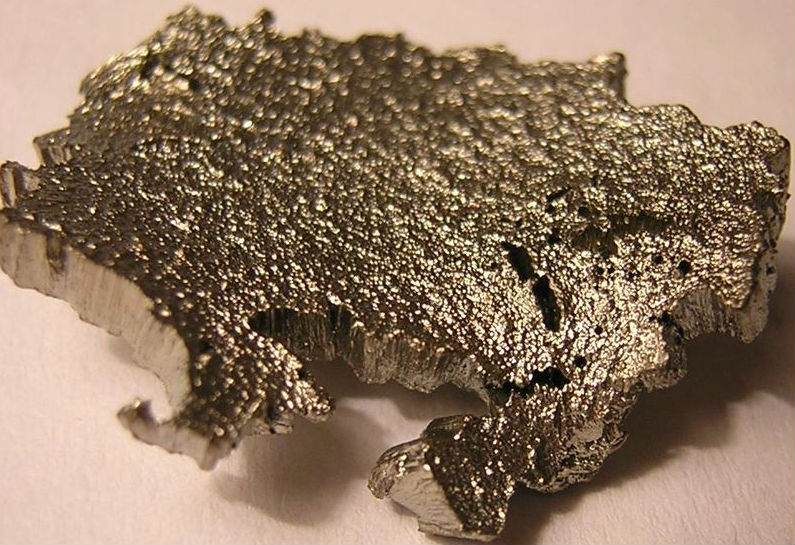Email a copy of 'Economics & Investing For Preppers' to a friend
4 Comments
- Ad Civil Defense ManualThe Civil Defense Manual... The A to Z of Survival. Look what in it... https://civildefensemanual.com/whats-in-the-civil-defense-manual/
- Ad Barter and Sell at Simcour Trading PostA new site for individuals to barter and sell items of interest to other like-minded individuals


Getting out of the stock market now in fear of a major decline could be self-defeating. Many people are invested because they have to be, not because they like it. Reaching their financial goals is extremely important. Missing out on a major stock market runup could be disastrous. How can you know when to get out? What if the bottom drops out while you’re invested. Firstly, major market declines usually take anywhere from 1-3 years. The y go down in a series of shark fins, bouncing back up after each decline. The biggest decline is usually not the first, sometimes not even the second. If you use trailing stop loss orders, you can avoid falling into the abyss. Make a spreadsheet or use a website like tradestops.com (I am not connected with them in any way). It’s entirely possible that we could have a 10-20% correction along the way. That would be painful, but not important. That’s normal market action. We’re not yet in a bubble, no matter what the commentators say. There’s too much money still on the sidelines, people are still scared of the market, and there’s no real mania for stocks. If there are bubbles around, they’re in bonds and cryptocurrencies. In fact, if you want to see the danger coming, watch the bond markets more than the stock market — that’s where the trouble will start.
With all the bubbliscious chaos in our world today, I’m amazed that I can still buy ASEs & silver maples for ~$20/copy, delivered.
Surely I’m not the only one?……
I like investing money in things I can understand, and that includes being pushed to learn about new markets. Rare earth metals are a difficult market to make sense of as the influencing factors include location of deposits, political activity and difficulty understanding future demand in highly specialized products. You are right it’s not for the faint of heart. I prefer to stick with silver, gold and platinum but looking at some of the price histories on REMs it’s clear to see that’s is a lot of volatility (which equals opportunity). Thanks for exposing it.
When you consider investing in an ETF, please make sure to look at how much money is in it and the daily volume of trading. A thinly traded ETF (not many shares trading, even on a good day) will fall more rapidly in a crisis and perhaps become impossible to sell at any reasonable price. I suggest sticking with the more liquid larger ETF’s, regardless of what area they invest in.